Today I have something truly fantasmic to show you. If you have something in your mouth, you should swallow now. If you're standing, sit down. If you're in your car, buckle up. If your mouth is full while you're standing up in your car and browsing the internet to read this... I just hope the […]

Project: APA102-2020 MicroNova Custom LE...
I created this choker as a project to demonstrate the new MicroNova APA102-2020 LED strips. 
Photo by Yeti, edited by Batgirl
These addressable LEDs are extremely small, less than 1/4 the size of a standard 5050 LED.
This project was built using engineering sample standard MicroNova 99 LED / meter strips . The MicroNova strips we are selling have 198/meter - twice the density!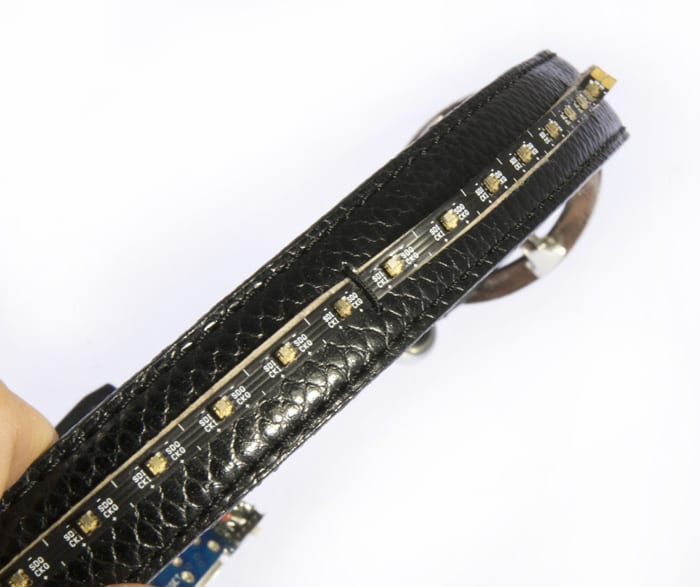
Reason for a Choker necklace:
Hats have been done, shoes have been done, pendants have been done.
This is something new for a Valentine’s dance costume, so I decided to go with a choker design. I also wanted something that was interactive, something that would add another layer of WOW to just lighting.
Build:
I used a Wemos D1 Mini development board along with a boost-converting battery shield for the Wemos D1.

The battery shield was a particularly good choice here because the MicroNova LEDs should be supplied a solid 5VDC. This board boosts the battery voltage to 5V, and then the Wemos D1 Mini bucks it down to 3V3 for it's own operation.
A mini SPDT Slide switch toggles the power from the battery shield to the D1. This allows charging the battery using the battery shield USB connector while not powering the D1.
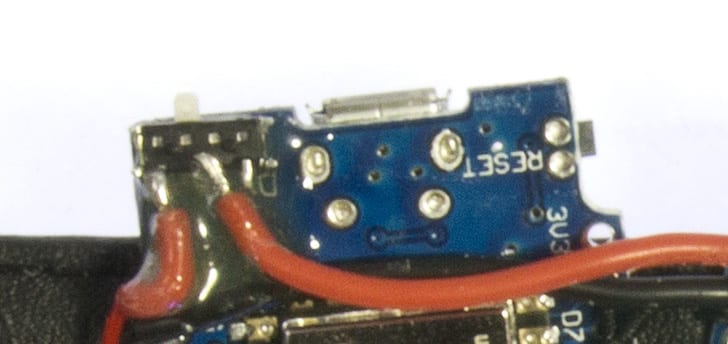
Epoxy locks the switch and wires in place.
The battery used is a conveniently handy older 450mAh Lithium Polymer. Depending on the lighting mode, this battery can power the necklace for a couple of hours.
I used elastic thread to attach the LED strip and components to the necklace. A heavy duty needle was all that was needed to punch through the (imitation) leather belt. Because the thread was elastic and tied under tension, it held the MicroNova strip well in place.
Operation:
 When the choker powers up, it creates a WiFi Access Point called "HeartBurnChoker1".
When the choker powers up, it creates a WiFi Access Point called "HeartBurnChoker1".
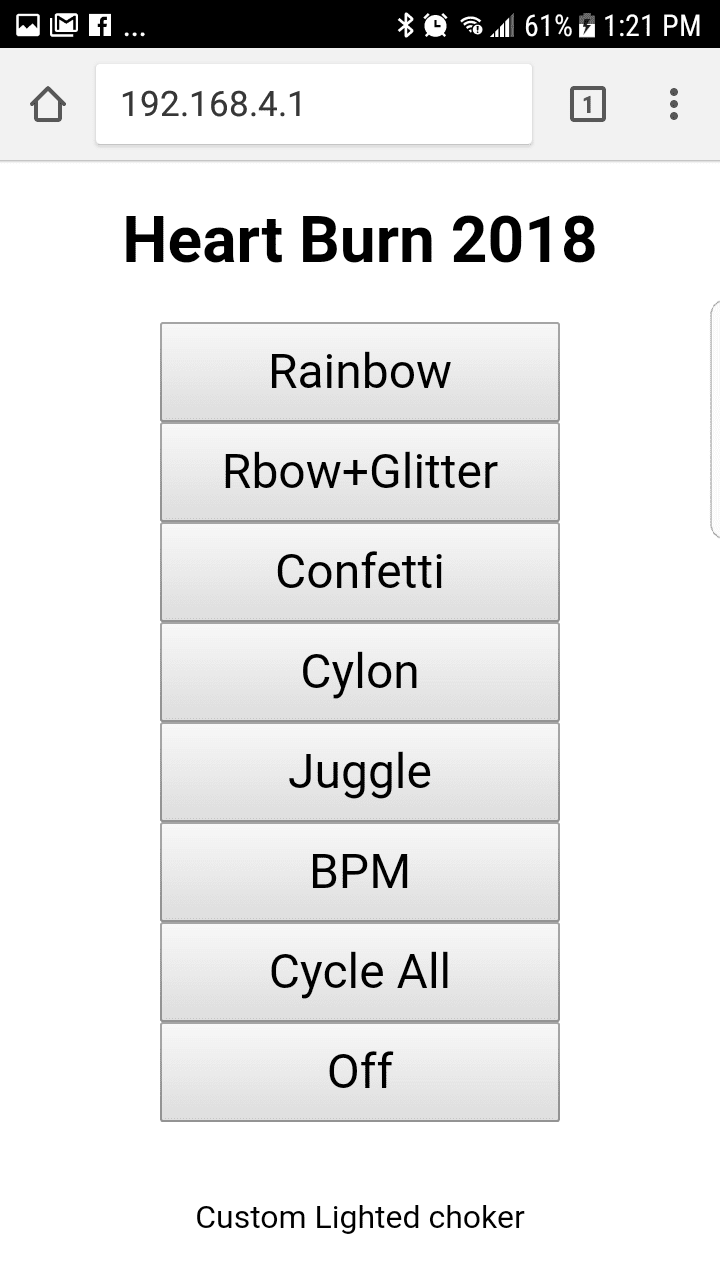 Once I connected to this WiFi, I opened a browser and went to 192.168.4.1. The control interface is simple, but effective. The D1 Mini has more than ample power and speed to effectively drive these LEDs. The MicroNova features separate clock & data lines, so even relatively slow I/O (like Raspberry Pi) can still make it work.
Once I connected to this WiFi, I opened a browser and went to 192.168.4.1. The control interface is simple, but effective. The D1 Mini has more than ample power and speed to effectively drive these LEDs. The MicroNova features separate clock & data lines, so even relatively slow I/O (like Raspberry Pi) can still make it work.
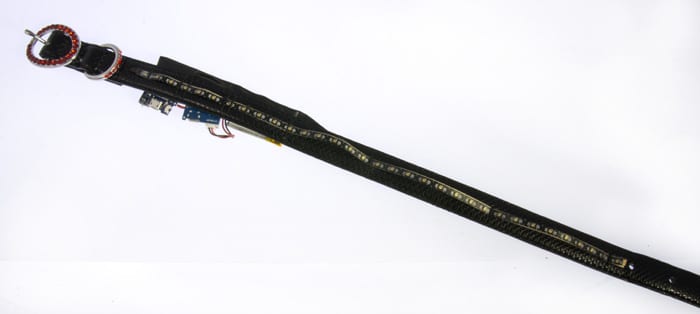
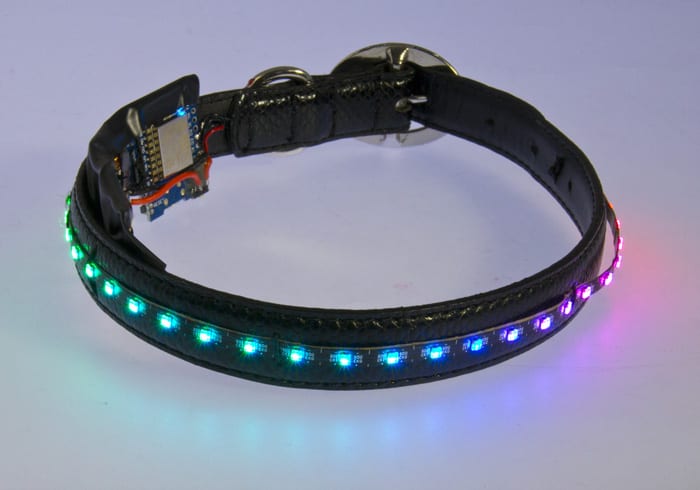
MORE POSTS
New today is the Grove series from SeeedStudio. What makes Grove different is that is very modular, making quick-prototyping quite rapid. Usually this is an expensive feature. The rule of thumb is "Price, Speed, Quality - pick any two", but Seeed has made the 3 curves match just right.
WeMos D1 Mini - 4MB Microcontroller $9.85CAD / $7.95USD The WeMos D1 Mini makes working with the ESP8266 module simple! Breadboard compatible and equipped with a microUSB jack, build your next Internet of Things project in a snap. ProtoBoard Shield for WeMos D1 mini $4.39CAD / $3.50USD A prototyping area that comes with headers you […]
We're involved with a couple of upcoming workshops featuring our Sumovore Mini-Sumo! (No local link yet, until it's officially on sale - sorry!) The first one is at the Northern Alberta Institute of Technology (NAIT) Open House in Edmonton, Alberta. Besides a mini-sumo, full-size sumo, fire-fighting, and line-follower, they're also running two workshops, one on […]
Solarbotics, Ltd. is not responsible for misprints or errors on product prices or information. For more information, please see our Terms and Conditions.
Warning: This product contains chemicals known to the State of California to cause cancer and birth defects or other reproductive harm.
Please visit www.P65Warnings.ca.gov for more information. This item was manufactured prior to August 31, 2018.

